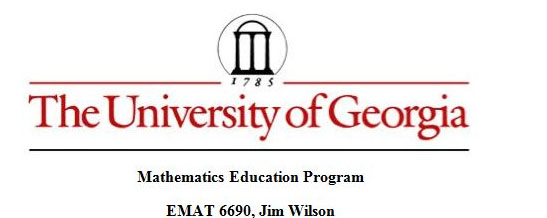


Mercury is the closet planet to the Sun. Mercury is named after the god of commerce, travel, and thievery in Roman mythology, the Roman counterpart of the Greek god Hermes. The planet most likely received its name due to the fast speed across the sky.
The orbit of Mercury has the highest eccentricity of all the Solar System planets (Pluto has the highest eccentricity, but it is no longer considered a planet). Mercury's eccentricity is 0.21, which is definitely higher than the eccentricity of the Earth, which is 0.02.
Mercury can be seen on Earth close to the horizon only just after sunset (east of the Sun) or just before sunrise (west of the Sun). That is the reason why Mercury is often referred to Morning or Evening Star.
Since Mercury is much closer to the Sun than Earth and the Sun has a shorter period than us, use the maximum separation between Mercury and the Sun as the planet orbits and use those obeservations to plot tangents to Mercury's orbit. We can plot the orbit of Mercury by observing its maximum angular separation east or west of the Sun as seen from Earth on various dates. This angle between Earth-Sun sight line and the Earth-Mercury sight line is called the angle of elongation.

When the angle of elongation is at its maximum, the Earth-Mercury sight line is tangent to Mercury's orbit.

Because both Mercury and Earth are moving in elliptical orbits, the maximum elongation angle varies from one orbital revolution to another. The table below gives the maximum elongation of Mercury during the years 2000 through 2003.
| Points on Mercury orbit | Date | Earth to Mercury (Degrees/Direction) |
|---|---|---|
| A | Equinox | Reference point |
| B | 2/15/00 | 18 E |
| C | 3/28/00 | 28 W |
| D | 6/9/00 | 24 E |
| E | 7/27/00 | 20 W |
| F | 10/6/00 | 26 E |
| G | 11/15/00 | 19 W |
| H | 1/28/01 | 18 E |
| I | 3/11/01 | 27 W |
| J | 5/22/01 | 22 E |
| K | 7/9/01 | 21 W |
| L | 9/18/01 | 27 E |
| M | 10/29/01 | 19 W |
| N | 1/11/02 | 19 E |
| O | 2/21/02 | 27 W |
| P | 5/4/02 | 21 E |
| Q | 6/21/02 | 23 W |
| R | 9/1/02 | 27 E |
| S | 10/13/02 | 18 W |
| T | 12/26/02 | 20 E |
| U | 2/4/03 | 25 W |
| V | 4/16/03 | 20 E |
| W | 6/3/03 | 24 W |
| X | 8/14/03 | 27 E |
| Y | 9/27/03 | 18 W |
| Z | 12/9/03 | 21 E |
Use the orbit of Earth that you plotted in the previous investigation. From the previously constructed picture, draw the radius connecting Earth to the Sun at each of the positions.
This is how it should look like:

Now we are going to draw lines from Earth to Mercury for the given elongation angles. In our coordinate system, we are looking down from the North Pole. Therefore, an eastern elongation is to the left of the Sun, and western elongation is to the right. In order to figure out where Mercury is located, using our previous assumption about elongation angle at its maximum, we are going to assume that Mercury is at the point on the tangent closet to the Sun, i.e., the point of tangency. After locating these points, we are going sketch the orbit of Mercury.
I colored the perpendicular lines to the radius of Earth to the Sun as red in order to get rid of the confusion. To find the angle of elongation, I'm going to rotate after constructing a segment from the perpendicular lines. I've learned that it's helpful to make sure you construct the segments in the same direction. For example, if I constructed a segment on a perpendicular for March 7th on the top, I will keep constructing segments that way.

After constructing an angle, you need to mark the center where the rotation is going to happen. I'm going to mark the points on the orbit of Earth as the center. Then using the angle of elongation, I will be able to plot the paths of the orbit of Mercury.

Blue - year 2000
Green - year 2001
Purple - year 2002
Black - year 2003

The path of the earth is on the outside, and the path of the orbit of Mercury is on the inside. The orbit of Mercury is not as smooth as the orbit of Earth.
http://nineplanets.org/mercury.html